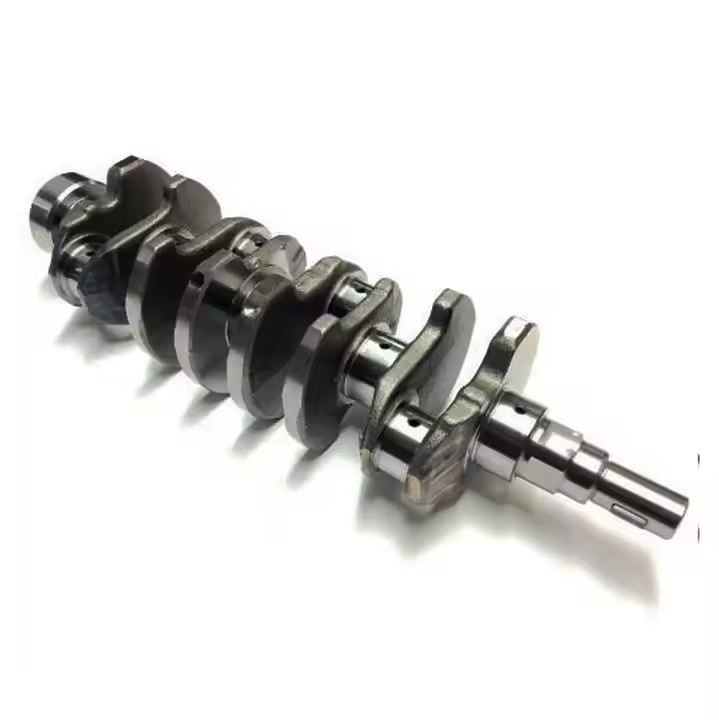The Unsung Heroes of Aviation
Did you know that the humble crankshaft plays a critical role in powering aircraft engines? In my experience, this vital component often goes unnoticed, but its engineering is nothing short of remarkable. Aircraft engine crankshafts are designed to handle immense forces, all while ensuring reliable performance at dizzying altitudes.
Embracing the Challenges of Altitude
So, what makes engineering a crankshaft for high-altitude performance so challenging? Well, for starters, there's the issue of reduced air density. As an aircraft climbs, the available oxygen decreases, making combustion less efficient. This means that the engine has to work harder to produce the same amount of power. And guess who's at the heart of this operation? That's right, the crankshaft.
Precision Engineering for Optimum Performance
Engineering a crankshaft for optimum performance at altitude requires a delicate balance of strength, weight, and durability. Interestingly enough, modern crankshafts are often made from high-strength steel or titanium alloys, which offer excellent strength-to-weight ratios.
The Role of Material Selection
But why does material selection matter so much? Well, it turns out that the right materials can significantly improve crankshaft reliability. For instance, advanced alloys can better withstand the extreme temperatures and pressures encountered during flight. Moreover, these materials can help reduce weight, which is crucial for improving fuel efficiency and overall aircraft performance.
Innovations in Crankshaft Design
Now, let's talk about some of the exciting innovations in crankshaft design. One notable development is the use of advanced manufacturing techniques, such as 3D printing. This allows engineers to create complex, lightweight crankshafts with internal structures that would be impossible to achieve through traditional methods.
The Impact of 3D Printing
But what difference does this make? To be honest, the impact of 3D printing on crankshaft design could be game-changing. By creating lighter, stronger components, engineers can improve engine efficiency, reduce emissions, and even enhance safety.
Actionable Tips for Optimizing Crankshaft Performance
Wondering how you can apply this knowledge in the real world? Here are a few actionable tips for optimizing aircraft engine crankshaft performance:
The Future of Aircraft Engine Crankshafts
As we look toward the future, it's clear that the role of the aircraft engine crankshaft will continue to evolve. With advancements in materials, design, and manufacturing, these components will become even more efficient, reliable, and environmentally friendly. And as engines become more electric and hybrid, crankshafts will need to adapt to these new power sources.
In conclusion, the engineering of aircraft engine crankshafts for reliability at altitude is a fascinating field that combines precision, ingenuity, and a deep understanding of the unique challenges of aviation. By continually pushing the boundaries of what's possible, engineers are helping to shape a more efficient, sustainable, and reliable future for flight.




